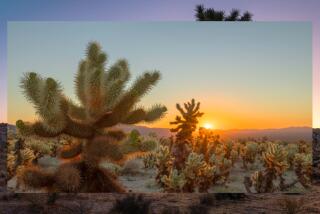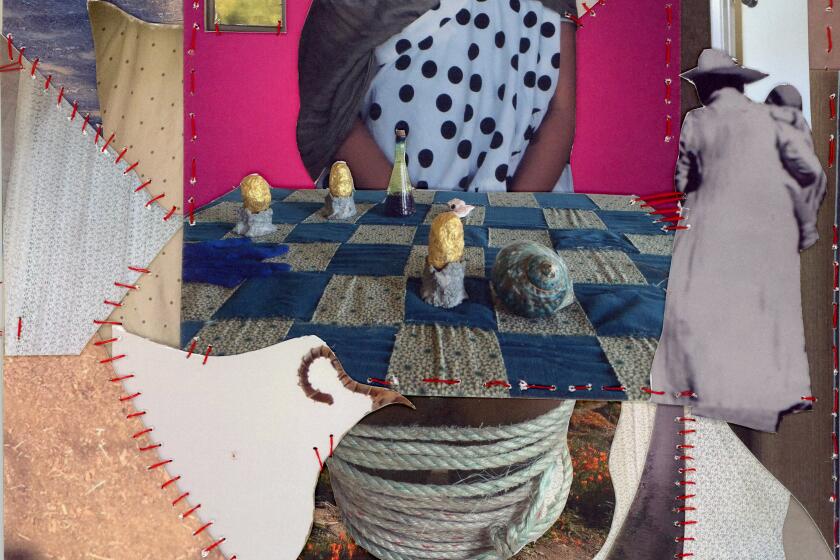What My Photos Never Capture
“Wide angle: National Geographic Greatest Places” landed with a splintering thud on my desk this week, a six-pound collection of travel photography that, you might say, does for the Amazon what Helmut Newton’s “Sumo” did for Amazon women.
Amateur photographers will be delighted and then want to chuck all their cameras in the ocean. These are astonishing images—painterly and composed, gravid with the observed moment, so exotic that they seem to have been taken on some other planet. Here are the Karakoram’s cathedrals of stone, the sacred plains of America. Editor Ferdinand Protzman writes that through these photographs “we can circle the world without leaving the place called home,” which suggests that photographers are trustworthy surrogates for armchair travelers.
But are they really? I’ve been to a few places in this book—the Atlas Mountains in Morocco, Thingvellir in Iceland, Ben Nevis in Scotland, Pamukkale in Turkey—and I saw nothing like the consecrated grace of these photographs, the Minnelli lighting, the Wagnerian skies. Am I just a lummox? Did I fail in the simple act of seeing?
I don’t think so. High-end travel photography has a fairly nuanced relationship with reality. George F. Mobley’s photograph of tangled acacia trees silhouetted against a darkening sky in Tanzania, for instance, never actually happened: He used a color-gradient lens filter to tie-dye the background a dramatic tangerine and plum. Michael Yamashita deploys a lavender filter, worthy of MGM, for his image of the hot springs in Pamukkale. There are dozens of images in this book that trade simple accuracy for a gauzy and suffused quintessence.
A traveler looking for these images in the real world could rightfully feel swindled. Call it the lie of the pretty picture.
Photography is not easy. I could stagger a pack mule with all the camera gear I’ve lugged across the globe. I’ve sat on a mountain in Wyoming until my parka grew stiff with ice, waiting for all the photographic stars to align. And then, when I got the pictures back, all they were was dark.
So I have nothing but respect for the virtuosos who captured, who contrived these images. But in a way my pictures are truer than theirs. When I look through my box of photographs—here’s my thumb in front of the Eiffel Tower—I can honestly say, yes, that’s the way it was. I was in that place. A lack of skill enforces a lack of guile.
The difference between professional travel photographers and us random-firing tourists is that we photograph the world as we find it—harshly lit, poorly framed, draped with ugly telephone lines, half glimpsed from buses. They photograph the world as we wish it to be.
Good photographers crop as they shoot, framing images according to what matters to them or their clients, leaving the ragged and misbegotten, most unphotogenic corners of life outside the frame, even though life is largely made up of that.
In my own poorly framed photos, accidental dramas unfold on the periphery. In one photo I recognize an old girlfriend’s shoe. In another, Grenadines boatmen, a father and son, pull alongside our sailboat. While the father tries to sell us lobster, the boy looks into the gas tank to see if they can make it back to shore.
This book has taught me a thing or two. I’m now aware of just how unpopulated my pictures are. Where is everybody? Even though “Wide Angle” is supposed to be about places, there are people on nearly every page: a Sherpa leading a yak team under a cliff of pipe-organ ice, a saffron-robed monk stepping through a green portal at Angkor Wat, a weary crone walking past bullet-pocked buildings in Croatia. This capturing of a figure in poignant, apparitional solitude is one of National Geographic’s favorite techniques—shtick, if you will, though of a powerful and evocative kind.
It seems like a simple enough rule to follow, something out of Photo 101: “For scale, try to include people in your landscapes.” But I almost never do. I find it hard to level a lens at a total stranger. Even if I ask for permission, it feels like an intrusion, an act of colonial aggression. No one wants to be reduced to a sketch of local color.
Ideally, I would catch people unaware, but that’s actually quite hard when I show up somewhere—say, a village in Myanmar—a noisy Westerner on a half-day visit. I must have a dozen pictures of indigenous people giving me evil looks.
Professionals do things differently. Instead of pushing on to the next destination, they stay for weeks and sometimes months, until the locals pay them no mind at all. Like Henri Cartier-Bresson, who said he tried to “think himself not there,” they hide in plain sight. In this respect, good travel photographers are like old-school paparazzi, those with long lenses and longer patience, who wait for the perfect, unguarded moment.
The irony of great travel photography is that it demands staying still.
More to Read
Sign up for our L.A. Times Plants newsletter
At the start of each month, get a roundup of upcoming plant-related activities and events in Southern California, along with links to tips and articles you may have missed.
You may occasionally receive promotional content from the Los Angeles Times.






